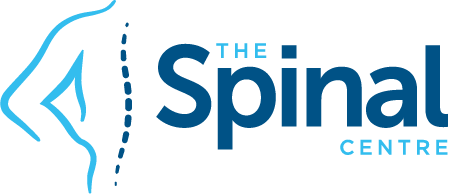
Decreased Neck Muscle strength in patients with the loss of Cervical Lordosis
PUBLISHED: Clin Biomech (Bristol, Avon). 2016 Mar;33:98-102. doi: 10.1016/j.clinbiomech.2016.02.014. Epub 2016 Feb 27.
Referenced in Pub Med: https://www.ncbi.nlm.nih.gov/pubmed/26970701
AUTHORS: Alpayci M, Şenköy E, Delen V, Şah V, Yazmalar L, Erden M, Toprak M, Kaplan Ş.
- Yuzuncu Yil University, Faculty of Medicine, Department of Physical Medicine and Rehabilitation, Van, Turkey.
- Van State Hospital, Department of Physical Medicine and Rehabilitation, Van, Turkey.
- Dicle University, Faculty of Medicine, Department of Physical Medicine and Rehabilitation, Diyarbakir, Turkey.
- Yuzuncu Yil University, Faculty of Medicine, Department of Sports Medicine, Van, Turkey.
BACKGROUND: The loss of cervical lordosis is associated with some negative clinical outcomes.
No previous study has examined cervical muscle strength, specifically in patients with the loss of cervical lordosis.
This study aims to investigate whether there is weakness of the cervical muscles or an imbalance between cervical flexor and extensor muscle strength in patients with the loss of cervical lordosis compared with healthy controls matched by age, gender, body mass index (BMI), and employment status.
METHODS: Thirty-two patients with the loss of cervical lordosis (23 F, 9 M) and 31 healthy volunteers (23 F, 8 M) were included in the study. Maximal isometric neck extension and flexion strength, and the strength ratio between extension and flexion were used as evaluation parameters.
All measurements were conducted by a blinded assessor using a digital force gauge. The participants were positioned on a chair in a neutral cervical position and without the trunk inclined during measurements.
FINDINGS: Maximal isometric neck extension and flexion strength values were significantly lower in the patients versus healthy controls (P<0.001 and P=0.040, respectively). The mean (SD) values of the extension/flexion ratio were 1.21 (0.34) in the patients and 1.46 ± 0.33 in the controls (P=0.004).
CONCLUSIONS: According to our results, patients with the loss of cervical lordosis have reduced neck muscle strength, especially in the extensors. These findings may be beneficial for optimising cervical exercise prescriptions.
The Spinal Centre – Neuro-Musculoskeletal SolutionsThe Spinal Centre provides the Best Natural Medicines, Health Products and Nutritional Solutions to Free You of Pain and Improve Your Spinal Health.The Spinal Centre is a leader in the management and treatment of spinal pain and disability including:
- Chronic Back and Neck Pain
- Cervical and Lumbar Disc Injuries with or without neruological changes
- All forms of arthritis including rheumatoid arthritis, psoriatic arthritis and osteoarthritis
- Neurodegenerative diseases such as Parkinson’s and Alzheimer’s disease
- Neuromuscular problems such as chronic back pain, headaches, migraines, neck or spinal pains
- Myofascial pain syndromes such as fibromyalgia, diffuse muscular or joint pains
- Austistic spectrum disorders including ADD, ADHD, learning difficulties and autism
- Fatigue, energy and mood disorders including chronic fatigue and depression
The Spinal Centre focuses on resolution with the development of individualised treatment programs using Conservative and Integrative Medicine; combining genetic, metabolic and nutritional testing with specific natural medicines to enhance your health and achieve your genetic potential.We have helped thousands – Why Not You?





